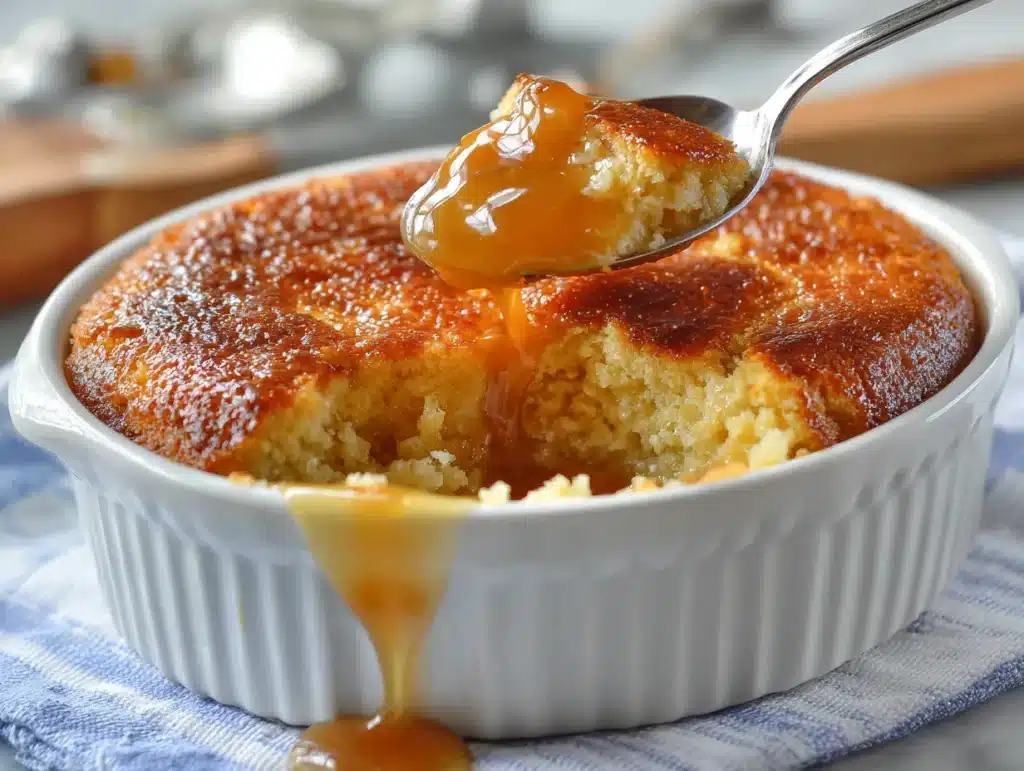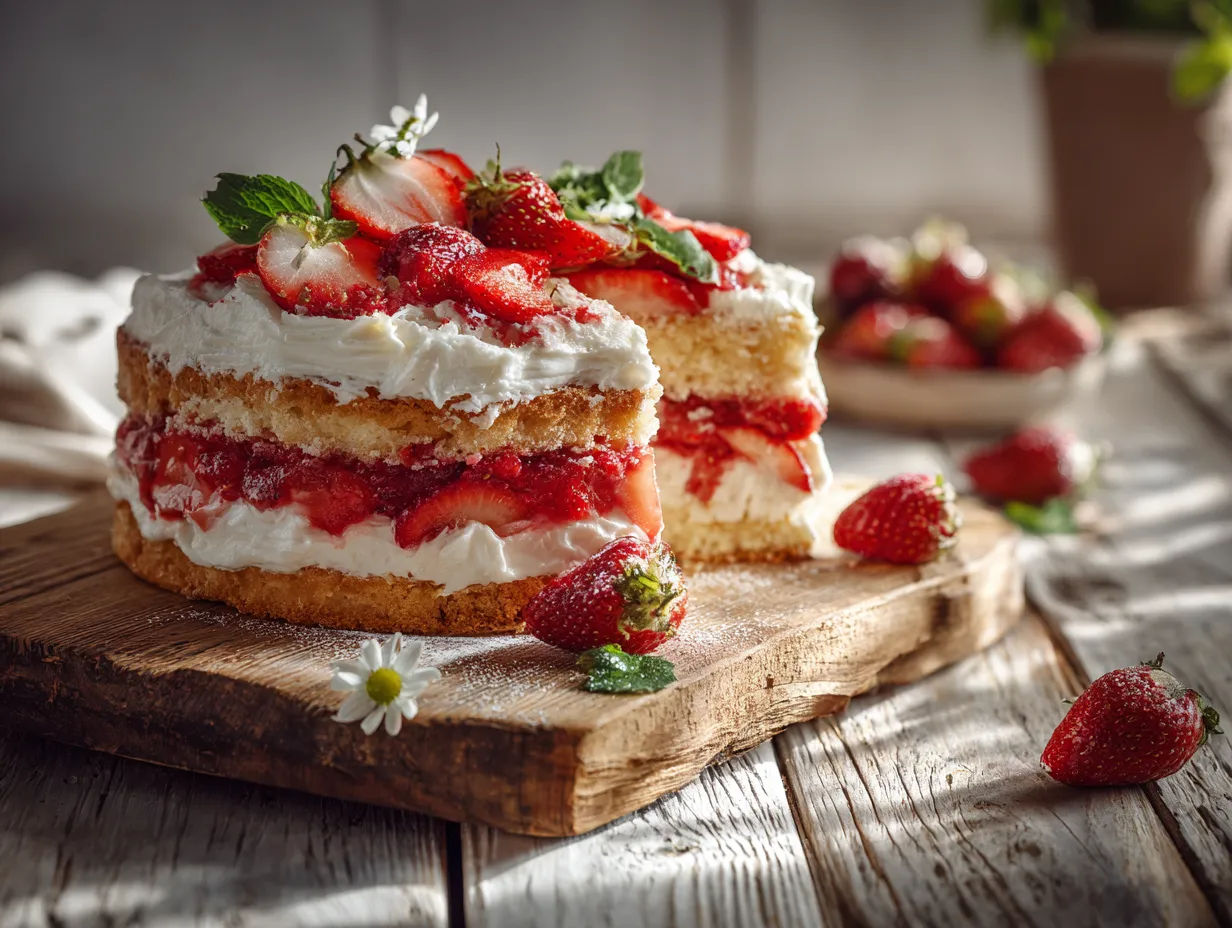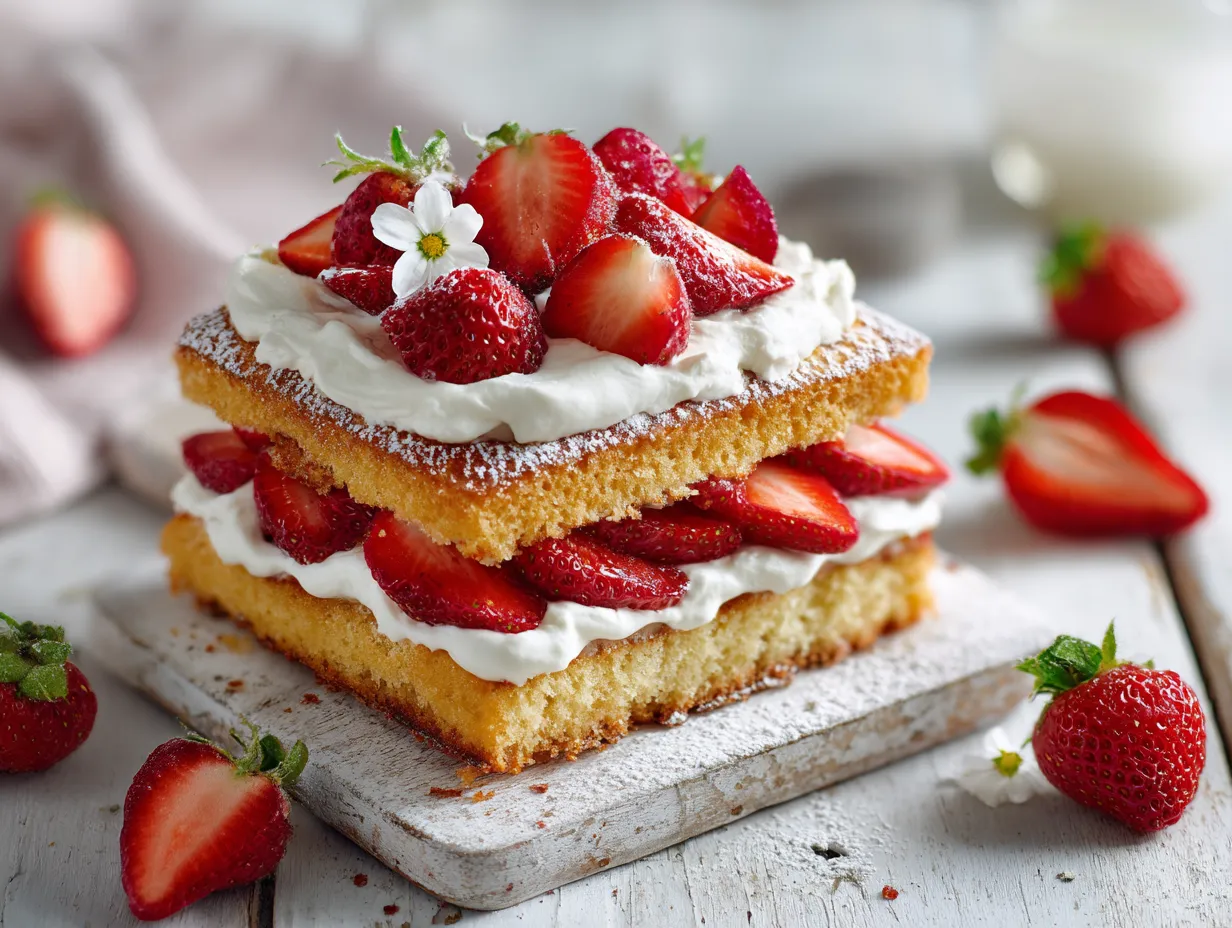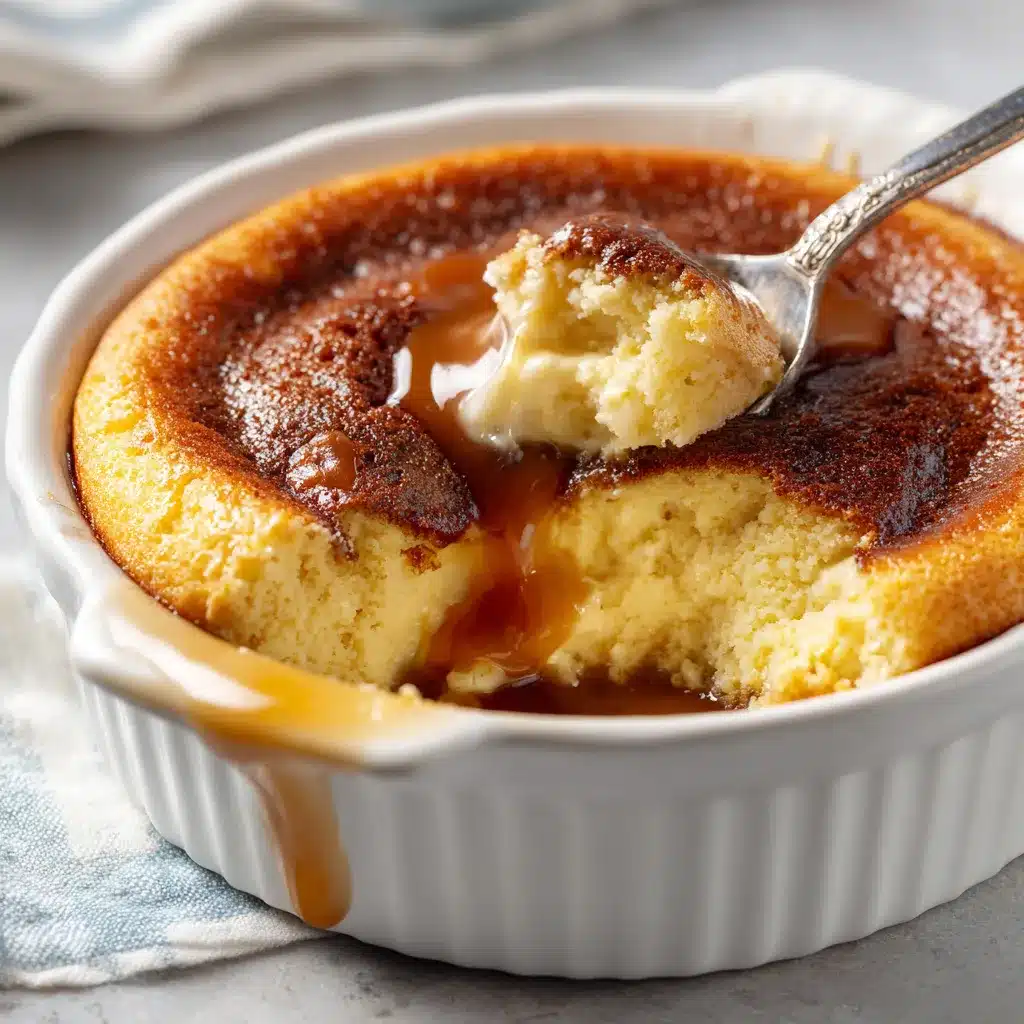
If you’ve never tried a pudding cake recipe, you’re in for something truly special. This dessert delivers the best of both worlds: a soft, tender cake layer floating above a warm, rich pudding. It’s the kind of recipe that tastes like a cozy memory—simple ingredients, big flavor, and an irresistible texture. In this guide, we’ll explore how to make the perfect pudding cake, what makes it different from a classic cake, and how to customize it for endless variations. Whether you’re a beginner or a baking enthusiast, this pudding cake recipe will be a welcome favorite on your table.
Table of Contents
ToggleA Pudding Cake That Feels Like Home
Baking Memories with Pudding and Cake
James, our virtual home chef, always says pudding cake was the first dessert that made him fall in love with baking. He remembers his mom pulling it out of the oven—steam rising, a golden sponge floating over a silky pool of chocolate. It wasn’t fancy, but it made the whole house smell like comfort.
That’s the magic of a pudding cake recipe. It brings people together. There’s a moment of wonder when the batter separates during baking to form a fluffy top and pudding base. It looks like a trick, but it’s pure kitchen science—achieved with common ingredients and a clever pour.
If you’re a fan of nostalgic bakes, you’ll also love our apple coffee cake for its cinnamon warmth or the cozy vibe of a lemon bundt cake.
What Makes a Pudding Cake Recipe Different?
Unlike traditional cakes that stay uniform in texture, a pudding cake recipe is meant to transform in the oven. You start by pouring hot water over the batter—yes, really!—and during baking, the layers shift. The cake rises while the liquid settles below into a velvety pudding.
This means every bite has contrast: light sponge and rich sauce, fluffy crumb and gooey center. It’s what makes a pudding cake recipe so unique and so loved across generations. Whether you’re making it with chocolate, lemon, or berries, the results always feel homemade and special.
How is Pudding Cake Made Step by Step?
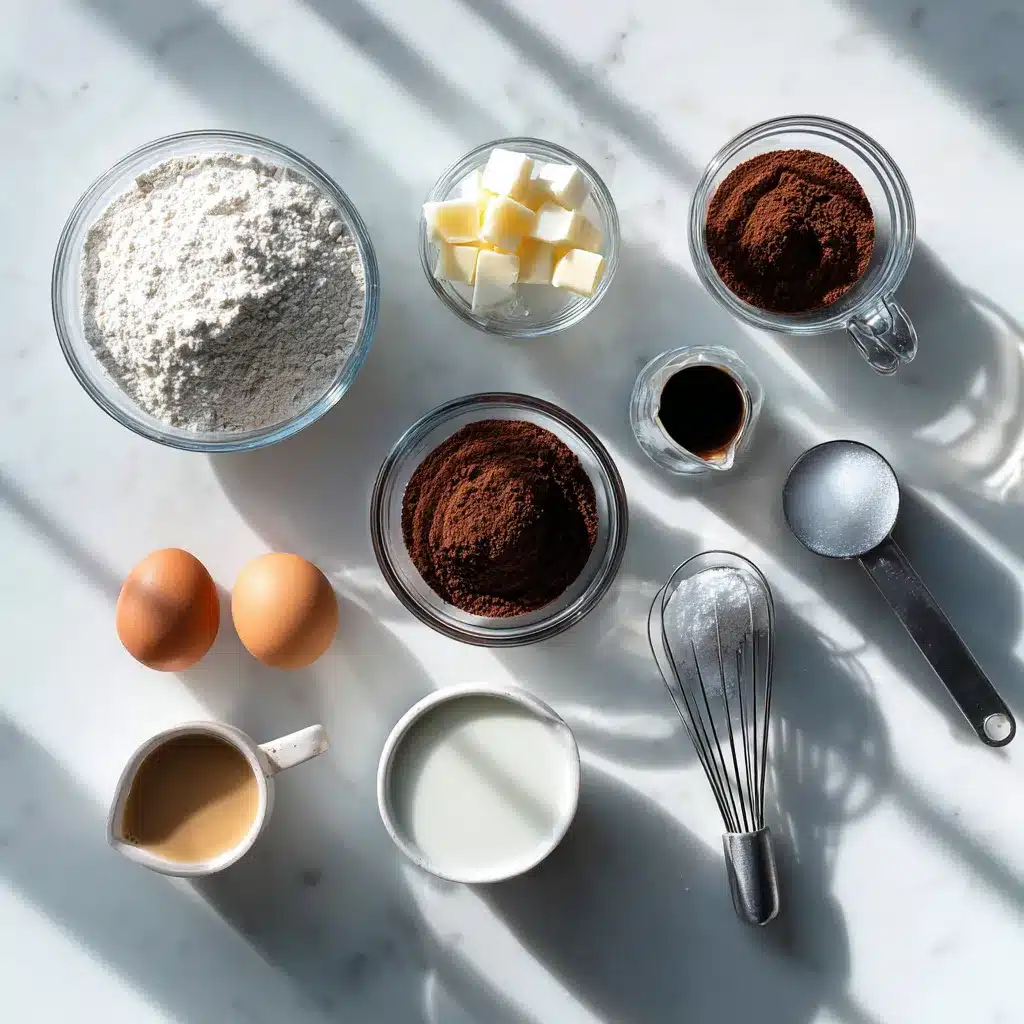
Pudding Cake vs. Regular Cake: The Key Differences
When making a classic cake, your ingredients are combined, poured into a pan, and baked evenly until fluffy and dry throughout. A pudding cake recipe turns that process upside-down. You start with a light batter made with eggs, sugar, flour, and milk—similar to sponge cake. But just before baking, you pour a hot liquid (like water, coffee, or milk) over the top.
It might seem strange, but this extra liquid works its way through the batter during baking. The result? A light cake layer on top and a gooey pudding underneath. That separation is the signature of any good pudding cake recipe. It’s why it stands apart from regular cakes—both in texture and in the baking method.
Regular cakes are meant to be sturdy and layered. Pudding cakes, by contrast, are spooned out warm and soft, much like a custard. For a fruit-forward variation, try adapting our strawberry pound cake recipe into a pudding cake by adding fresh berries and a simple vanilla base.
What Does Adding Pudding to a Cake Do?
Adding pudding—or creating a pudding base—does more than enhance flavor. It fundamentally changes the texture of your bake. In a pudding cake recipe, the extra moisture helps develop a rich bottom layer that’s creamy and thick, while keeping the cake above incredibly moist.
Whether you’re using instant pudding mix in a shortcut version, or crafting the pudding layer from scratch, it gives your cake a custard-like feel. That’s especially great if you love desserts like tiramisu cake, where creaminess plays a central role.
Adding pudding also increases shelf life. Because it retains more moisture, your pudding cake recipe will stay soft and delicious for days—if it lasts that long!
Print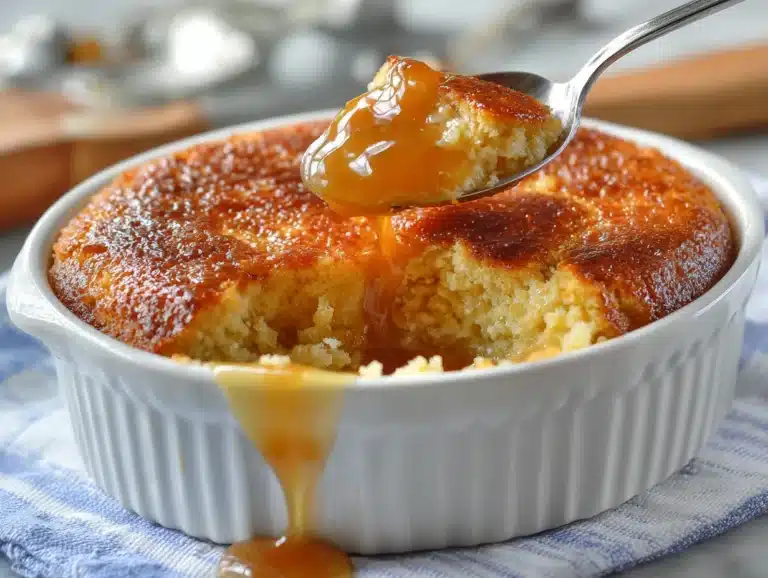
Pudding Cake Recipe – The Gooey Dessert Everyone Falls in Love With
5 Stars 4 Stars 3 Stars 2 Stars 1 Star
No reviews
This pudding cake recipe creates a soft, fluffy cake layer over a warm, gooey pudding base—all in one pan. Moist, easy, and full of cozy flavor.
- Total Time: 50 minutes
- Yield: 6 servings 1x
Ingredients
3/4 cup all-purpose flour
1/4 cup unsweetened cocoa powder
2/3 cup sugar
2 tsp baking powder
1/2 tsp salt
1/2 cup milk
2 tbsp melted butter
1 tsp vanilla extract
1/2 cup brown sugar
1 1/4 cups hot water
Optional: whipped cream or ice cream for topping
Instructions
1. Preheat oven to 350°F (175°C) and grease an 8×8-inch baking dish.
2. In a bowl, mix flour, cocoa powder, sugar, baking powder, and salt.
3. Add milk, melted butter, and vanilla. Stir until smooth.
4. Pour the batter into the prepared dish and spread evenly.
5. In a separate bowl, mix brown sugar with hot water.
6. Gently pour the hot mixture over the batter without stirring.
7. Bake for 35–40 minutes until the top is set but the bottom is still gooey.
8. Let cool for 5–10 minutes before serving warm.
9. Top with whipped cream or ice cream if desired.
Notes
You can swap cocoa for lemon zest for a citrus twist.
Use a water bath for gentler baking and softer pudding texture.
Double the recipe for a 9×13 pan.
- Author: Tiramisu Cake
- Prep Time: 10 minutes
- Cook Time: 40 minutes
- Category: Dessert
- Method: Baking
- Cuisine: American
- Diet: Vegetarian
Nutrition
- Serving Size: 1 portion
- Calories: 310
- Sugar: 28g
- Sodium: 190mg
- Fat: 10g
- Saturated Fat: 6g
- Unsaturated Fat: 3g
- Trans Fat: 0g
- Carbohydrates: 46g
- Fiber: 2g
- Protein: 4g
- Cholesterol: 35mg
The Secret to a Perfect Pudding Cake Recipe
Best Tips for Flavor & Gooey Centers
A great pudding cake recipe is all about the contrast—light cake on top, gooey pudding on the bottom. To achieve that balance, temperature and timing matter. Always bake your pudding cake in a deep dish or ramekin, and make sure the batter is smooth and not too thick.
When pouring the hot liquid over the batter, do it slowly and evenly across the surface. This helps with the separation and ensures the pudding forms underneath the cake. You can also place your dish in a hot water bath to regulate temperature and prevent curdling—just like you would for tiramisu cheesecake.
Spice and extract choices matter, too. For a chocolate version, add espresso powder for richness. For a vanilla or citrus base, a touch of almond or lemon extract adds complexity. The best pudding cake recipe often comes down to small details that boost flavor without complicating the process.
Ingredient Swaps, From Chocolate to Lemon
One of the best things about a pudding cake recipe is how versatile it is. You can start with a classic chocolate version, then branch into lemon, caramel, butterscotch, or fruit-infused options. Chocolate pudding cakes often include cocoa powder and chopped dark chocolate for depth, while lemon versions benefit from fresh zest and juice.
To create a fruity variation, try layering fresh blueberries or raspberries into the batter. The fruit sinks during baking, creating bursts of jammy flavor in the pudding layer. This technique works beautifully with elements from our blueberry coffee cake.
Another fun swap? Use flavored milk or coconut milk in place of regular. It subtly transforms the pudding texture and opens up tropical variations—think mango or pineapple for a summer twist. With just a few adjustments, your pudding cake recipe becomes an entirely new experience.
How to Make Pudding Ingredients from Scratch
Custards, Creams, and Classic Pudding Bases
A pudding cake recipe truly shines when the pudding layer is made from scratch. While boxed pudding works in a pinch, homemade pudding is creamier, more flavorful, and gives you control over sweetness and texture.
To make a classic pudding base, start with egg yolks, sugar, milk, and cornstarch. Heat gently until thickened, whisking constantly. For chocolate pudding, add cocoa powder and dark chocolate; for vanilla, infuse the milk with vanilla bean or extract. Once thickened, let it cool slightly before layering into your pudding cake recipe.
You can also use custard-style bases with cream instead of milk for a richer result. Adding a bit of butter at the end of cooking adds shine and smoothness. If you’ve tried our almond nut cake, you’ll appreciate the creamy contrast a homemade custard brings to soft textures.
Homemade pudding doesn’t just elevate the flavor—it gives your pudding cake recipe that old-fashioned, from-scratch feel. It’s what James, our virtual home chef, always recommends when baking for guests.
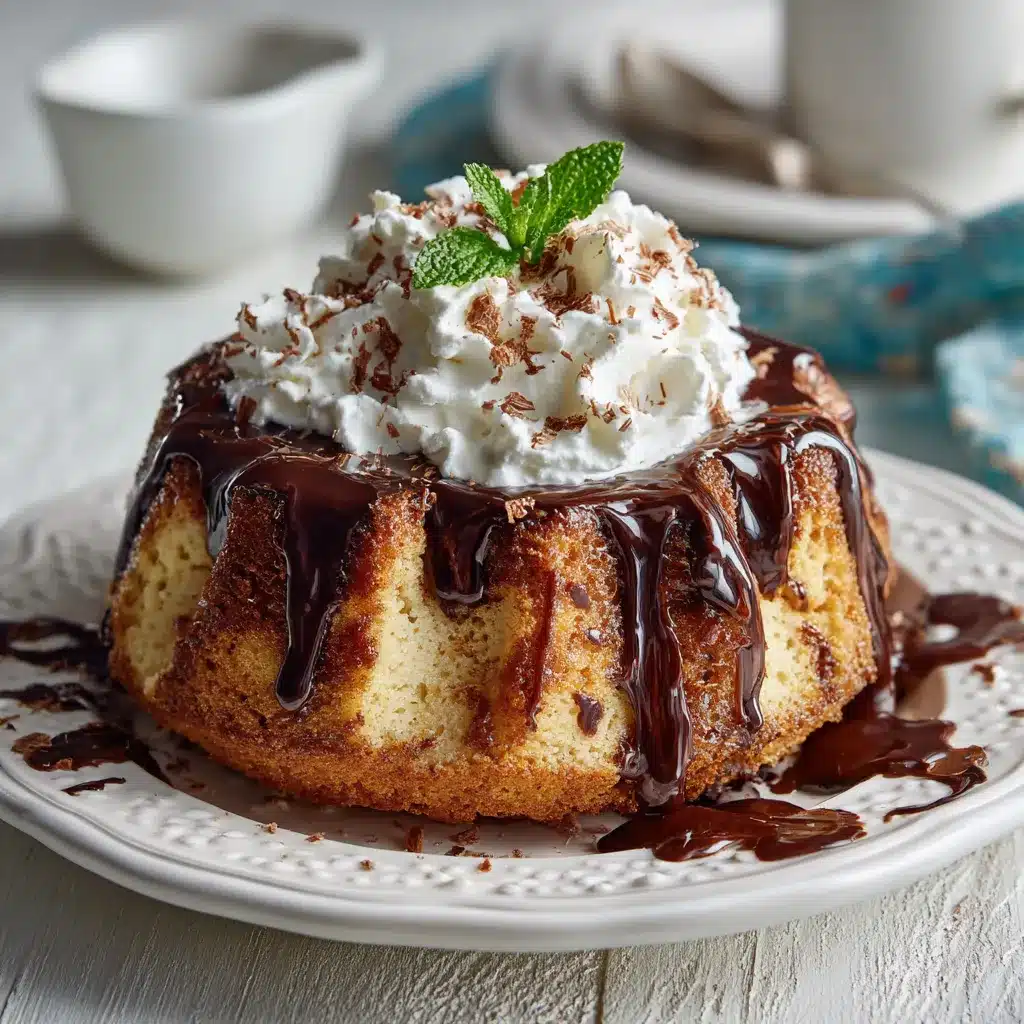
Finishing Touches: Toppings and Serving Tips
After baking your pudding cake recipe, don’t skip the finishing touches. Dusting with powdered sugar or adding a dollop of whipped cream brings visual contrast and lightness. You can also drizzle chocolate sauce, lemon glaze, or fruit compote depending on the flavor base.
For chocolate pudding cake, chopped nuts or a pinch of sea salt enhances richness. For citrus-based cakes, fresh zest and berries create brightness. Serving warm is essential—it’s when the gooey pudding layer is most satisfying.
Want something even more decadent? Add a scoop of ice cream on top and watch it melt into the pudding layer. This technique is similar to how we serve slices of strawberry cake and cheesecake—where contrast is the key to indulgence.
Whether served straight from the baking dish or dressed up on a dessert plate, your pudding cake recipe is guaranteed to impress.
FAQ – Everything You Need to Know About Pudding Cake Recipes
How is pudding cake made?
A traditional pudding cake recipe begins with a simple batter. What makes it unique is the final step: hot water (or another hot liquid) is poured over the batter before baking. As it bakes, the cake rises and a rich pudding layer forms underneath. It’s a delicious bit of kitchen magic that delivers a dessert with two textures in one pan.
What is the difference between a pudding cake and a regular cake?
What is the difference between a pudding cake and a regular cake?
The main difference lies in the outcome. A regular cake is evenly baked with a consistent crumb. A pudding cake recipe creates two distinct layers during baking—a soft sponge on top and a luscious pudding beneath. That contrast makes it far more moist and indulgent than traditional cake.
What does adding pudding to a cake do?
What does adding pudding to a cake do?
When you add pudding (either as a mix or from scratch), it enhances the cake’s moisture, flavor, and shelf life. In a pudding cake recipe, the added pudding layer also delivers a melt-in-your-mouth texture that you won’t get from dry or dense cakes. It’s the same principle that makes our tiramisu cake so rich and satisfying.
How to make pudding ingredients?
To make pudding from scratch, combine milk, sugar, cornstarch, and egg yolks in a saucepan. Stir constantly over medium heat until it thickens. You can flavor it with vanilla, cocoa, or citrus zest. This pudding base can then be layered into a pudding cake recipe or enjoyed on its own.
Conclusion – A Classic with a Surprise Inside
There’s something comforting about a pudding cake recipe. It’s not just cake, and it’s not just pudding—it’s the best of both. Each spoonful reveals a fluffy top and a warm, creamy layer below. It’s rustic, charming, and perfect for cozy nights, special brunches, or just because.
Our AI chef James always says the most memorable desserts come from recipes that feel like they’ve been passed down. This one has that heart. Whether you make it in chocolate, lemon, or with seasonal fruit, you’ll end up with a dessert that brings joy with every bite.
If you’re drawn to soft-centered desserts, don’t miss our lemon bundt cake or the layered luxury of tiramisu cheesecake. Like pudding cake, they’re full of flavor and baked with love.
